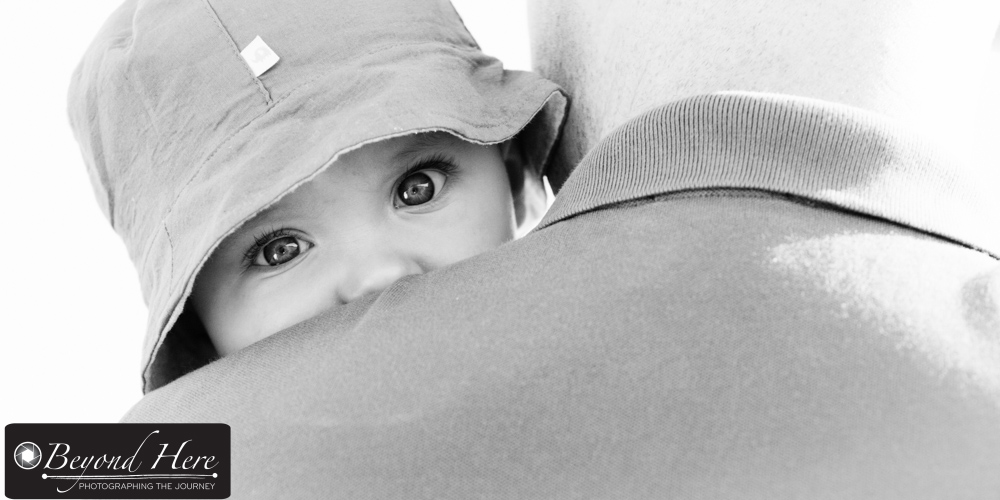This week I’ve been fielding lots of questions about stock photography. Those questions ranged from what rates to pay models, to the best stock libraries to work with, to what is the best sort of content to shoot. The answer to those questions vary with each photographer and what you like to shoot. To set a foundation to answer those questions for yourself, I’ve outlined here ‘Why I Shoot Stock’.
First it’s important to understand that stock photography only makes up a component of my photography income. I am not a full time stock photographer. Many of the points I make below I would take a different point of view if I were a full time stock shooter. Stock is an important foundation to my photography business, and makes up one part of an overall strategy.

Stock makes up an important part of a wider strategy
So, this is ‘Why I Shoot Stock’
1. Stock generates a consistent income year round. Outside of stock photography, I primarily shoot weddings and portraits. Both of these have significant seasonality. I live in Melbourne, Australia and most of my weddings and portraits are local. Down here at the bottom of the world we have hot summers and cold winters. This brings seasonality to my work especially in wedding photography. I am typically busy in spring, less so in mid summer, and busy again in autumn. Winter tends to be very quiet. There are not many people getting married in the darker and colder months of June, July, and August. On the other hand, stock photography provides a consistent income all year round. There are some ups and downs between months, but for the type of content I shoot, the demand is steady year round. That means my downloads and income from royalties are also consistent.

In stock photography, I work on the image. The stock library looks after the sales and marketing.
2. The stock library looks after the sales and marketing. With my wedding photography I look after everything from meeting with potential clients, building a relationship, quoting, pre wedding preparation, shooting on wedding day (with a second shooter!), post production work, delivering images, organizing prints and albums, and delivery of the final products. It is a ‘full service’ proposition and I look after each step of the journey. Stock photography is different. I look after the shoot planning, shooting, post production, and uploading to the stock library. Then they take over. They look after marketing images to potential clients, the download process, the payment from the client, the licencing agreements for use of the file, and any client inquiry or complaint. They also look after payment to the photographer, which happens automatically. For me, the simplicity of this model works well. I shoot and upload, the stock library looks after everything else. That’s why they keep a percentage of the price paid by the end customer.
3. Stock gives me leverage. With my wedding photography work, there is a limit to the number of weddings I can shoot per year. Even with a number of really good second shooters, there is a limit to the number of clients we can look after. And they are nearly all local to Melbourne. Stock on the other hand allows potential sales worldwide and, in a lot of cases, my stock sales happen when I am asleep. They are selling to clients in the USA and Europe during their day time hours, which is in the middle of the night in Australia.
4. Shoot once, sell multiple times. When I shoot a wedding, the income from that wedding only comes once. Now and then a couple order additional items for their first anniversary or another occasion, but mostly the wedding produces an income for me just once. Stock is different. I started shooting stock in 2008. Today, files from 2008 are still producing an income. I love the idea that if I can develop a strong concept, and execute it well, then it can keep selling for years. A single stock image can generate an income multiple times.

Stock photography allows me flexibility. I am not dependent on the client for when I can shoot.
5. Costs today, income tomorrow. Combined with the point above – with stock photography I incur my costs associated with producing the files today. I receive no income until into the future. Some people don’t like this model – they like to be paid today for the work they have done. On the other hand, I like the concept that my costs are incurred today, but my income from those costs is spread out into the future. As my portfolio grows I am building an asset which has value to me in the future. It is the basis for a revenue stream in the years ahead. I like the concept of ‘planting’ now and ‘harvesting’ later.

In portrait and wedding photography, I work to the clients timetable.
6. I work to my own timetable. When I shoot a wedding for a client I plan around meeting their needs. That means I work to their timetable and to their brief. I work hard to make sure I understand their needs and then exceed them. If they really want a shot of the first kiss with a fish eye lens from an upstairs balcony – I’ll do my best to get it for them. By necessity I work to the timetable they set out. In stock, the timetable is all mine. If I have a brilliant idea in the middle of the night and want to get up and shoot it straight away, I can. If I want to work long hours and uploads hundreds of files per week, I can. And if I want to take a holiday and do no stock shoots for 3 months, I can. In stock, I can work to my own timetable. I can work as much or as little as I want to.
7. I can shoot a wide variety of subjects. Image libraries don’t care that I mainly shoot weddings. As long as my images are up to the technical requirements they set, I can shoot any subject matter. I like this variety and flexibility. There are times of the year after a series of weddings where I need a break from shooting with people all day. It’s especially at these time that I enjoy shooting wildlife images and relaxing outdoors. Stock allows me to do this while still being productive. Win, win.
If you have read some of my earlier posts about stock photography you will know that I value the stock photography model as a key part of my business.
Thanks for reading why I shoot stock. If you would like additional information, please see the previous posts I have written about stock photography. The most popular have been Starting in Stock Photography and Simple Stock Concepts. I also have an ebook called Build A Five Figure Income in Your Spare Time. It is for the photographer who is full of enthusiasm and needs a little guidance and encouragement. It goes into more detail on my own stock photography journey and the lessons learnt along the way. You can download it here for $5.
Thanks again for reading ‘why I shoot stock’. Happy shooting.













